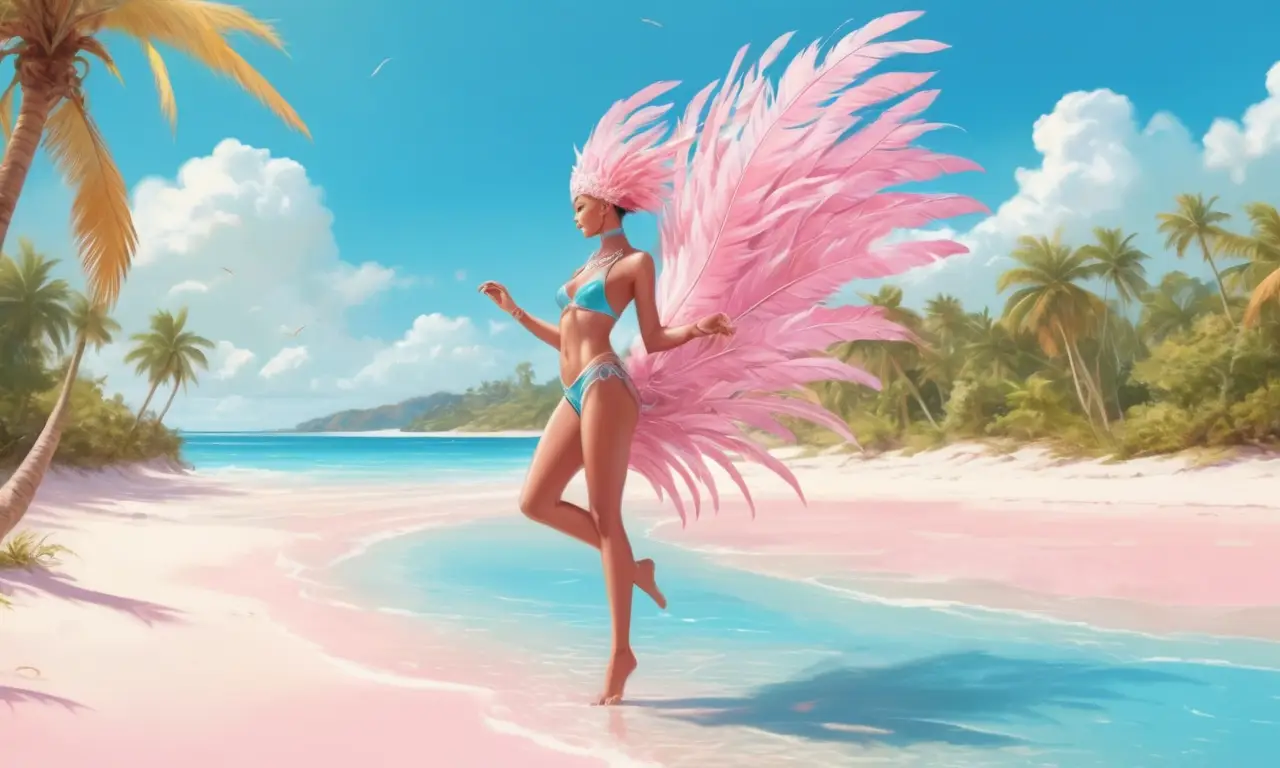
Flamingoes are renowned for their striking beauty and graceful demeanor. Their vibrant plumage, long slender legs, and unique feeding habits make them a captivating subject for photographers. Capturing the essence of these elegant birds in a tranquil setting can result in truly stunning images that evoke a sense of serenity and wonder. This article delves into the art of flamingo photography, exploring the key elements that contribute to creating compelling visuals.
This article will guide you through various aspects of capturing captivating flamingo photographs. We’ll discuss the ideal settings, lighting conditions, and composition techniques to highlight the elegance of these birds while emphasizing their tranquil surroundings.
Flamingo Photography
Flamingo photography requires patience, observation, and a keen eye for detail. These birds are often found in large flocks, congregating in shallow waters or salt flats. Finding a suitable location with good visibility and ample space for movement is crucial. It’s essential to approach cautiously and avoid disturbing their natural behavior.
Using a telephoto lens allows you to capture detailed images from a safe distance, minimizing disturbance. Experimenting with different focal lengths can help you achieve various perspectives, emphasizing the bird’s graceful posture or showcasing its vibrant plumage against the backdrop.
Remember to utilize continuous shooting mode to increase your chances of capturing sharp images as flamingos are known for their quick movements.
Elegant Bird

The elegance of a flamingo is undeniable. Their long, slender legs and gracefully curved necks create a visually appealing silhouette. Capturing this elegance in photographs requires careful attention to composition and lighting.
Posing and Posture
Observe how flamingos naturally stand and move. They often stand like a flamingo, with one leg extended and the other tucked beneath their body. This pose accentuates their long legs and creates a sense of balance and poise. Look for moments when they preen their feathers or stretch their necks, as these actions add dynamism to the image.
Lighting
Soft, diffused light is ideal for highlighting the subtle nuances of a flamingo’s plumage. Overcast days or shooting during the golden hour (shortly after sunrise or before sunset) can provide flattering lighting conditions. Avoid harsh midday sun, which can create unflattering shadows and wash out colors.
Tranquil Setting
The tranquil setting in which flamingos reside plays a crucial role in creating captivating photographs.
Backgrounds
Look for backgrounds that complement the flamingo’s vibrant plumage without distracting from the subject. Calm waters, serene landscapes, or soft-colored skies can provide a harmonious backdrop. Avoid cluttered backgrounds with too many elements that compete for attention.
Composition
Use compositional techniques like the rule of thirds to create balanced and visually appealing images. Place the flamingo off-center, allowing negative space around it to emphasize its presence. Experiment with different angles and perspectives to add depth and interest to your photographs.
Vibrant Plumage

Flamingoes are renowned for their vibrant pink plumage, which is a result of their diet rich in carotenoids. Capturing this vibrant color accurately requires careful attention to white balance and exposure settings.
White Balance
Adjust the white balance setting on your camera to ensure that the flamingo’s plumage appears true to life. Experiment with different presets or manual adjustments to find the most accurate representation.
Exposure
Expose for the highlights in the flamingo’s feathers, ensuring that they don’t appear overexposed and lose their vibrancy. Use a combination of aperture, shutter speed, and ISO settings to achieve proper exposure.
Serene Backdrop
The serene backdrop often found in flamingo habitats contributes significantly to the overall tranquility of the photograph.
Water Reflections
Calm water surfaces can create stunning reflections of the flamingos, doubling their presence and adding a sense of depth to the image. Look for opportunities to capture both the bird and its reflection for a captivating visual effect.
Sky Composition
The sky plays a crucial role in setting the mood of the photograph. A clear blue sky with fluffy white clouds can evoke feelings of peacefulness and serenity, while a sunset or sunrise can add warmth and drama to the scene.
Conclusion
Capturing stunning flamingo photographs requires patience, observation, and an understanding of both the bird’s behavior and the surrounding environment. By focusing on composition, lighting, and capturing the essence of their elegance and tranquility, you can create truly captivating images that showcase the beauty of these remarkable creatures.
